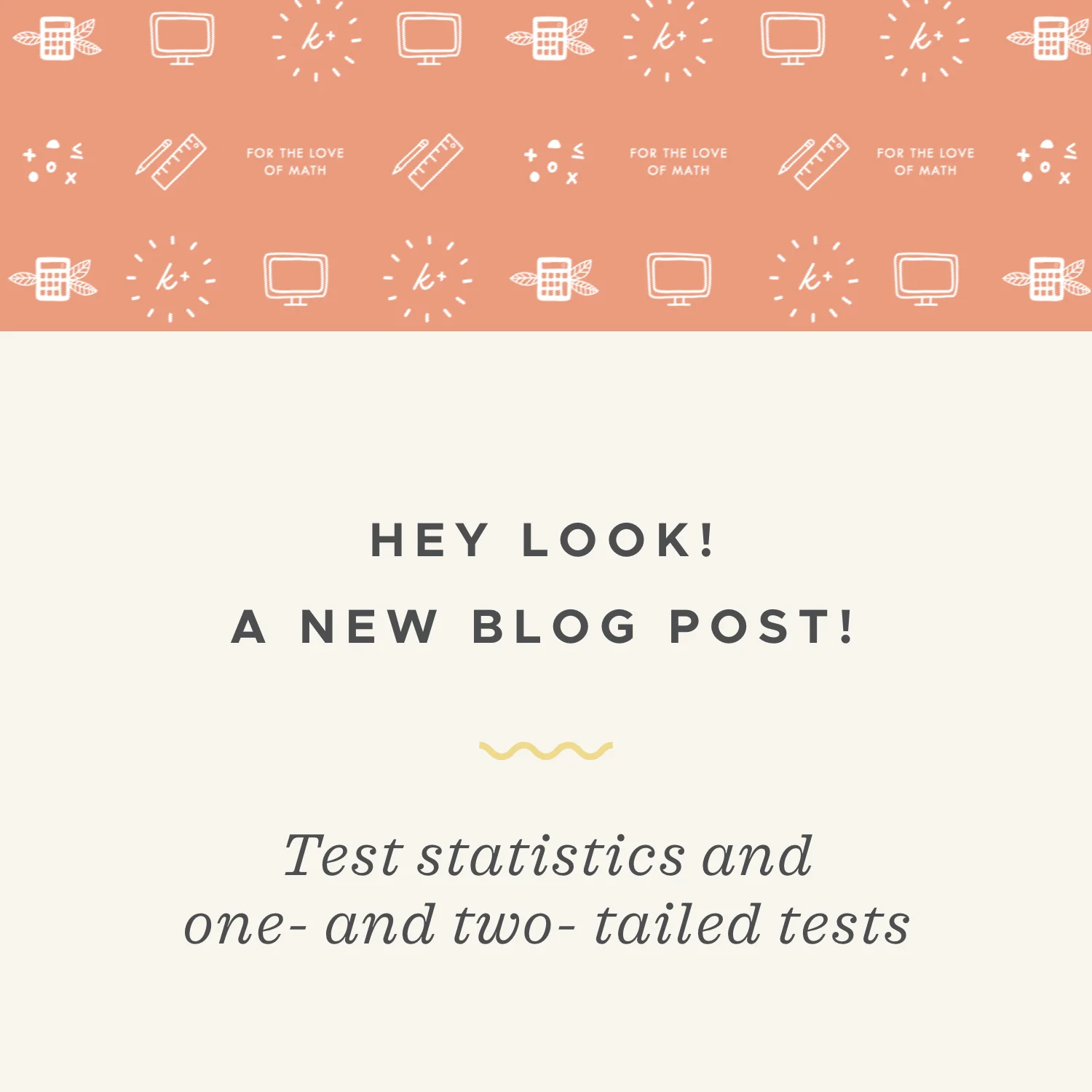The p-value (or the observed level of significance) is the smallest level of significance at which you can reject the null hypothesis, assuming the null hypothesis is true. You can also think about the p-value as the total area of the region of rejection. Remember that in a one-tailed test, the region of rejection is consolidated into one tail, whereas in a two-tailed test, the rejection region is split between two tails.
Read MoreWith any hypothesis test, we need to state the null and alternative hypotheses, then determine the level of significance. We’ve already covered these first two steps, and now we want to learn how to calculate the test statistic, which will depend on whether we’re running a two-tail test or a one-tail test.
Read MoreType I error rate is the rejecting the null hypothesis when it’s true, and Type II error rate is the probability of accepting the null hypothesis when it’s false. Type I error is called “alpha,” and Type II error is called “beta.”
Read More




